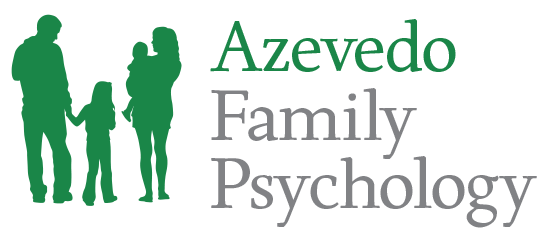In a time where political discourse has become more divisive than ever, there is one crisis everyone seems to agree on: opioids are a problem. We have seen them decimate working class communities on a scale matched only by the crack epidemic of the 1980s.
But why is this epidemic occurring? What are the mechanics of addiction, and how can we help?
Origins of the Epidemic
Opioid abuse typically begins with a legitimate prescription. Such prescriptions saw an increase in the 1990s as both drug companies and physicians began to prescribe opioid pain killers – as opposed to alternatives like NSAIDs. Opioids are an order of magnitude more effective for this purpose.
However, prescription opioids are dangerously close to easily abused drugs like heroin. Through a combination of poor research, misleading marketing and profit motives, the addictive properties of opioids were often overlooked. This is perhaps why they are abused by nearly a third of patients.
Factors in Addiction
So why are opioids abused, and why are they especially prevalent in working class communities?
The nature of these communities may be one major factor: many people there do manual labor or physical work. Naturally, this has higher risks for chronic pain, leading to higher opioid prescription. Because of the addictive properties of these opioids, users have to maintain a steady supply in order to avoid intense withdrawal.
Combined with the lower income and worse medical care in these areas, users often turn to cheaper alternatives…like heroin. Drug dealers looking to increase margins lace this heroin with fentanyl, arguably one of the most dangerous possible opioids.
Misconceptions
Many efforts to combat addiction have been reactionary and harsh. Some of this reaction is justified; addicts often do terrible things. A common mantra in this regard is that addiction is a “choice.” While initially choosing to use drugs is a choice in the simplest sense of the word, the addiction that results has every element of a sickness.
Moreover, addiction is a spiral. The shame and self-loathing that result combine with a lack of education and opportunity, leading to a pit of despair that is difficult to escape. Not coincidentally, the best addiction recovery programs center on empowerment and forgiveness. Huntington, West Virginia (as profiled in an Oscar-nominated documentary) is a good example.
Cognitive behavioral therapy can also help with addiction. It focuses on recognizing and addressing behaviors that for many addicts become borderline instinctual.
If you or someone you love could benefit from cognitive behavioral therapy, Azevedo Family Psychology can help. Contact us today, and together we can create a life worth celebrating!




